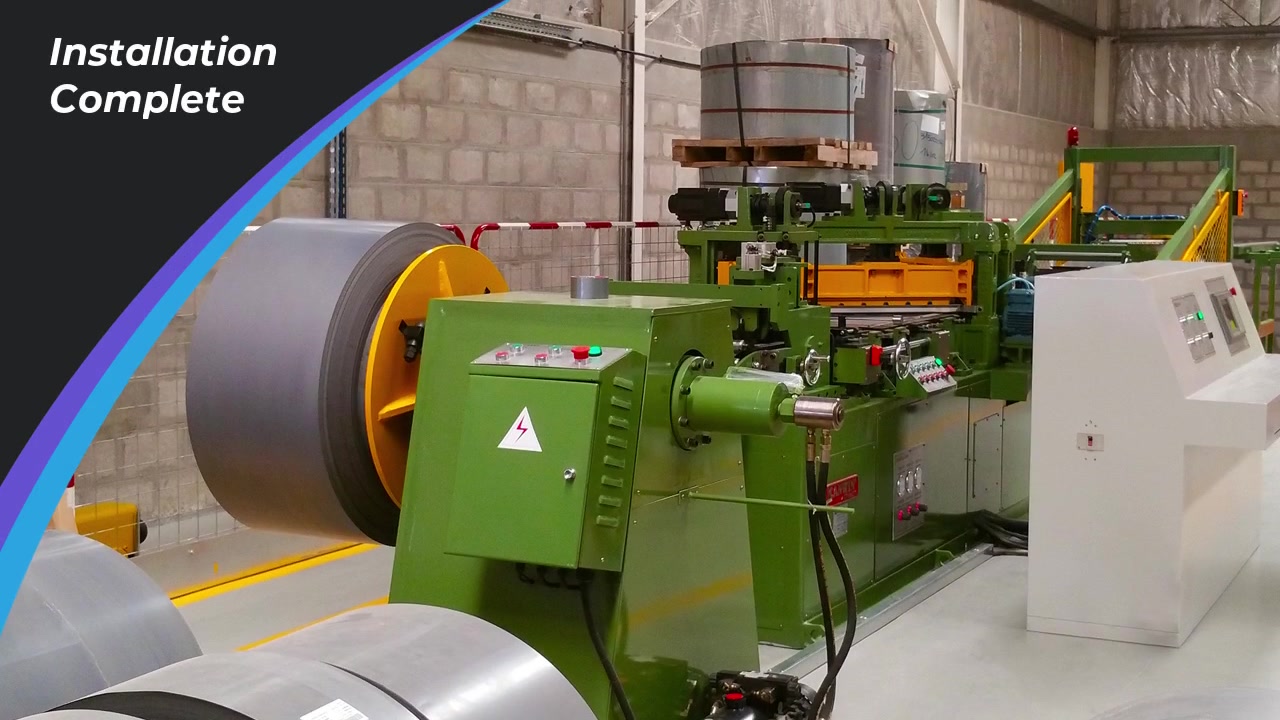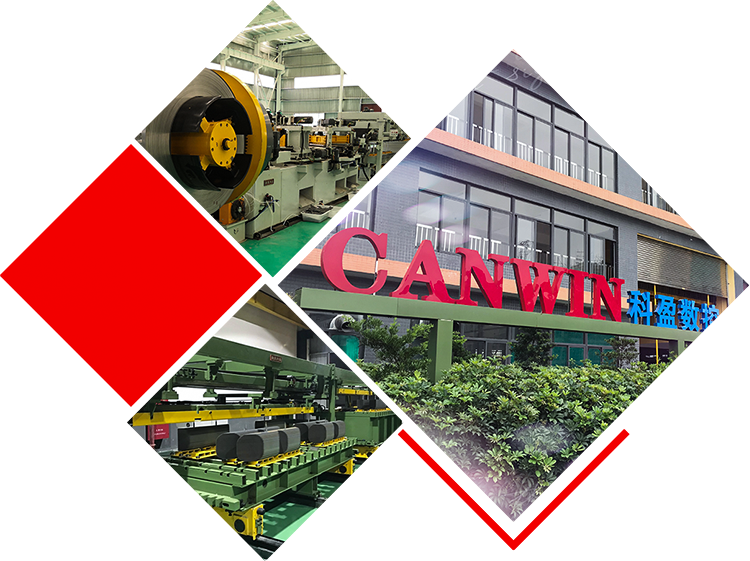During construction, dry transformer and oil transformer can be selected according to the space. Oil transformer can be selected when the space is large, and dry transformer can be selected when the space is crowded.
Dry change is more expensive than oil change in price. In terms of capacity, large-capacity oil becomes more than dry.
Dry change is required in complex buildings (basements, floors, roofs, etc.) and in crowded places. Oil type transformers are used in independent substations.
The transformer in the box change generally adopts the box change. Temporary outdoor electricity generally adopts oil change.
During construction, dry transformer and oil transformer can be selected according to the space. Oil transformer can be selected when the space is large, and dry transformer can be selected when the space is crowded.
The regional climate is humid and hot, and it is easy to use oil. If dry change is used, it must be equipped with forced air cooling equipment.


Different packaging forms, dry-type transformers can directly see the iron core and coil, while oil-type transformers can only see the outer shell of the transformer;
Dry type transformers mostly use silicone rubber bushings, while oil-type transformers mostly use porcelain bushings;
Dry type transformers are generally suitable for power distribution. Most of the capacity is below 1600KVA, the voltage is below 10KV, and some have a voltage level of 35KV; while oil-type transformers can achieve full capacity and voltage levels from small to large. Voltage; the UHV 1000KV test line under construction in my country must be an oil-type transformer.
Dry-type transformers are generally insulated with resin, cooled by natural air, and cooled by fans for large capacity, while oil type transformers are insulated by insulating oil. heat dissipation on.
Dry-type transformers are mostly used in places that require "fire prevention and explosion-proof", and are generally easy to use in large buildings and high-rise buildings; while oil-type transformers may have oil ejection or leakage after an "accident", causing fire, and most of them are used outdoors. And there are places where "accident oil pools" are dug.
Generally, dry-type transformers should operate at rated capacity, while oil type transformers have better overload capacity.
For transformers of the same capacity, the purchase price of dry-type transformers is much higher than that of oil-type transformers.
Dry-type transformer models generally start with SC (epoxy resin casting encapsulation type), SCR (non-epoxy resin casting solid insulation encapsulation type), SG (open type)
"Of course, the same thing is that all power transformers have iron cores for magnetic circuits and windings for circuits. The biggest difference is "oil type" and "dry type". Difference between oil and dry transformers.That is to say, the cooling medium of the two is different, The former uses transformer oil (of course there are other oils such as beta oil) as the cooling and insulating medium, and the latter uses air or other gases such as SF6 as the cooling medium. In an oil tank full of transformer oil. Dry transformer often encapsulates the iron core and winding with epoxy resin. There is also a non-encapsulated type that is used more now, and the winding is impregnated with special insulating paper for special purpose. Insulating paint, etc., can prevent the winding or the iron core from getting wet. (Because the two are classified into different categories due to different classification methods in terms of process, use and structure, so we will speak from a narrow perspective) In terms of output and dosage , At present, the voltage level of dry transformer is only 35kV, and the capacity is smaller than that of oil transformer, about 2500kVA. Moreover, the manufacturing process of dry transformer is more complicated and cost is higher than that of oil transformer of the same voltage level and capacity. At present, the amount of oil is still increasing. However, due to the advantages of dry change environmental protection, flame retardant, impact resistance, etc., it is often used in indoor and other high-demand power supply and distribution places, such as hotels, office buildings, high-rise buildings, etc. .If you are just a transformer user, it should be enough to understand these.”Advantages and disadvantages of transformer, the oil transformer is low in cost and easy to maintain, but it is flammable and explosive. Due to its good fire resistance, dry transformer can be installed in the load center area to reduce voltage loss and power loss. However, dry change is expensive, bulky, has poor moisture and dust resistance, and is noisy.
The oil changes and gradually exits, and the dry change can be disassembled and transported for convenience. It is clean and easy to maintain. It does not need a machine base and has no oil seepage pool.
The biggest difference between oil-immersed transformers and dry-type transformers is whether there is "oil". Since oil is liquid and has fluidity, oil-immersed transformers must have a casing. The inside of the casing is transformer oil, and the transformer is immersed in the oil. The coil of the transformer cannot be seen from the outside; while the dry-type transformer has no oil, it does not need the outer casing, and the coil of the transformer can be seen directly; another feature is that the oil-immersed transformer has an oil pillow on it, which is stored inside. transformer oil, but now new oil-immersed transformers are also produced without oil pillows;
In order to facilitate heat dissipation, that is, for the flow of internal insulating oil, the oil-immersed transformer has a radiator designed on the outside, just like a heat sink, while the dry-type transformer does not have this radiator, and the heat dissipation relies on the fan under the transformer coil. The fan is a bit like the indoor unit of a household air conditioner;
Oil-immersed transformers are generally installed indoors or outdoors due to fire protection requirements, while dry-type transformers must be installed indoors, usually in low-voltage distribution rooms, side by side with low-voltage distribution cabinets.


CONTACT US
Take advantage of our unrivaled knowledge and experience, we offer you the best customization service.


















LEAVE A MESSAGE
Please fill out and submit the form below, we will contact you in 48 hours, thank you!
RECOMMENDED
They are all manufactured according to the strictest international standards. Our products have received favor from both domestic and foreign markets.